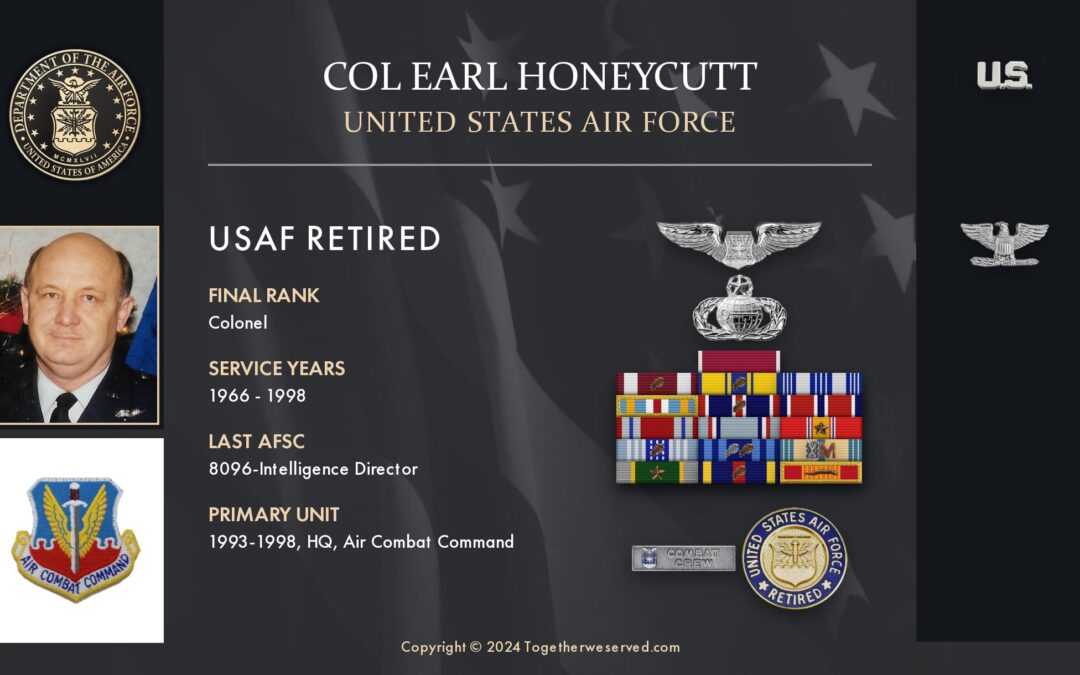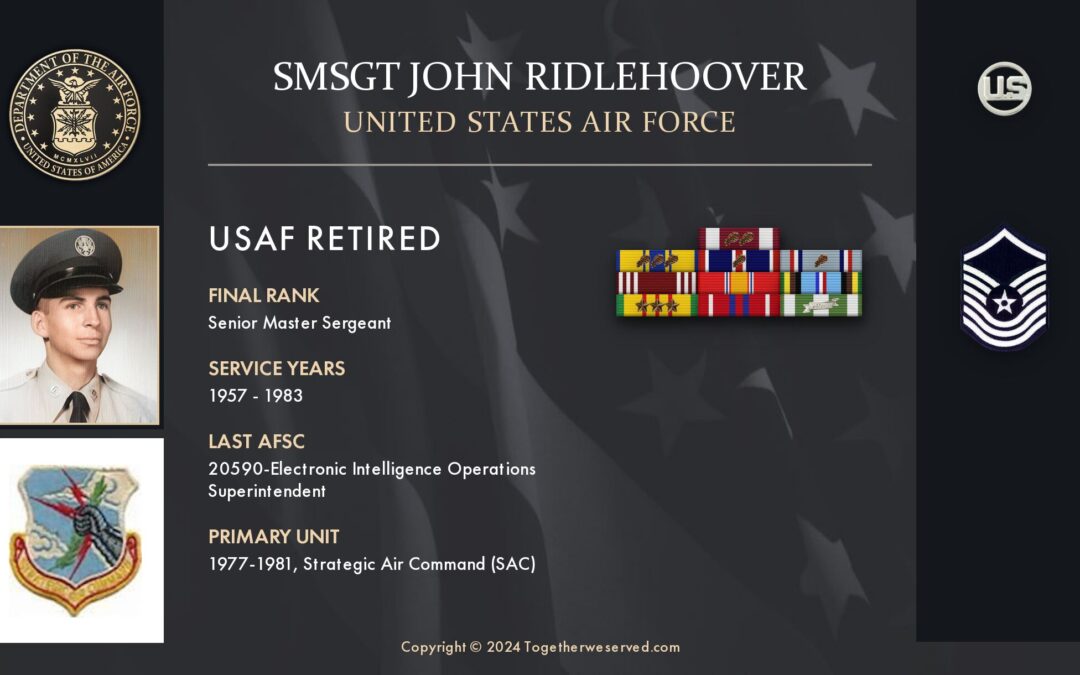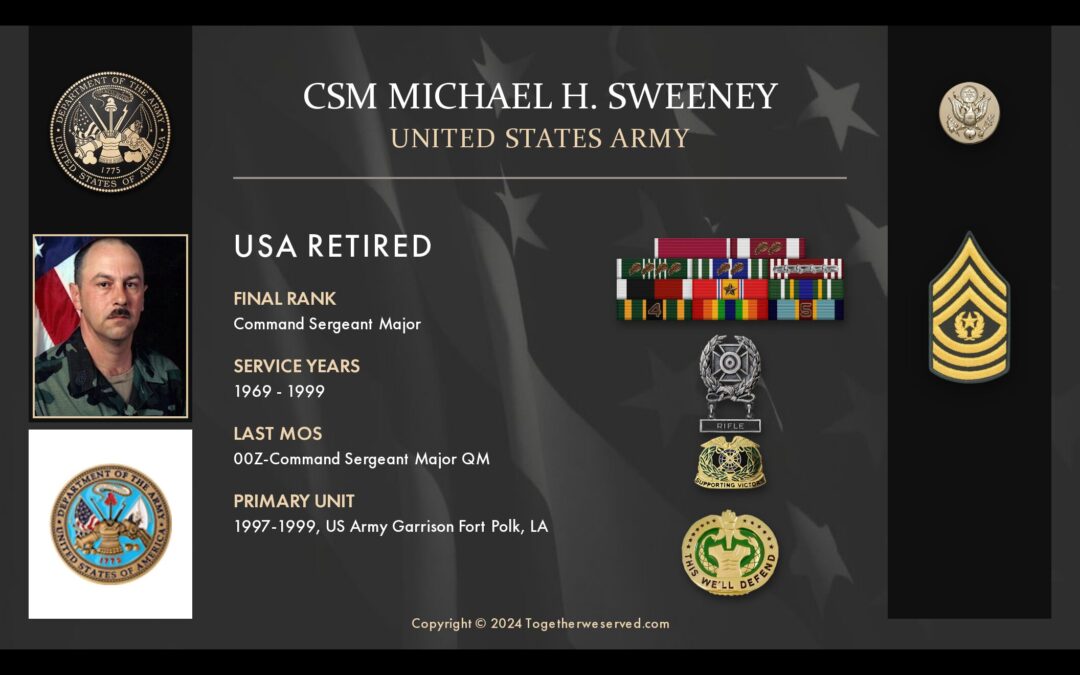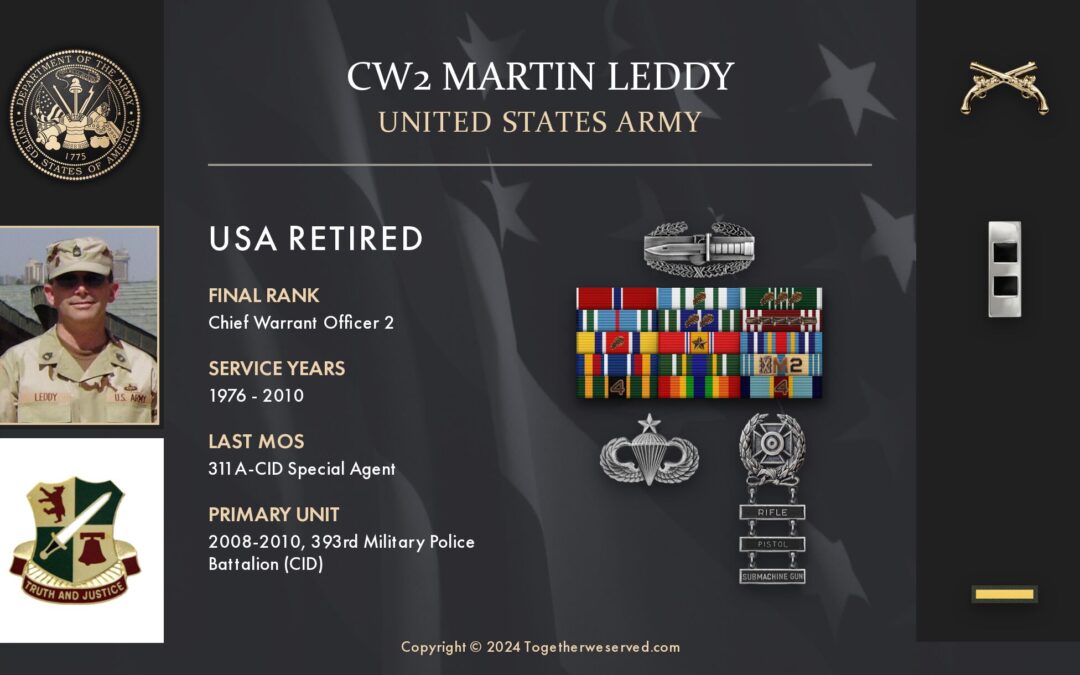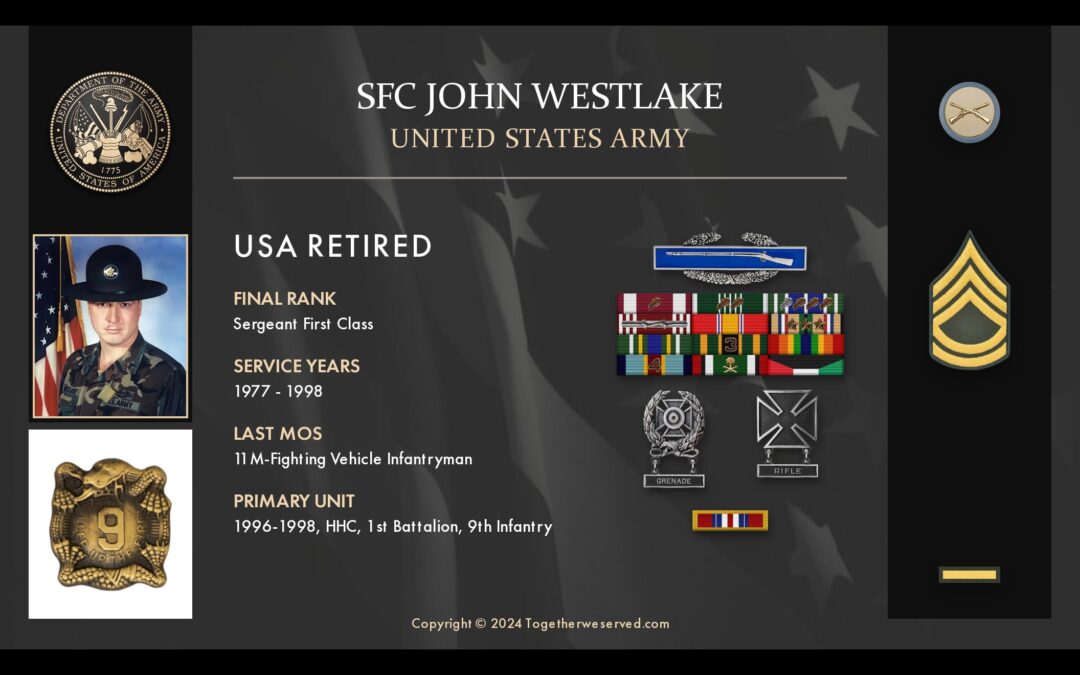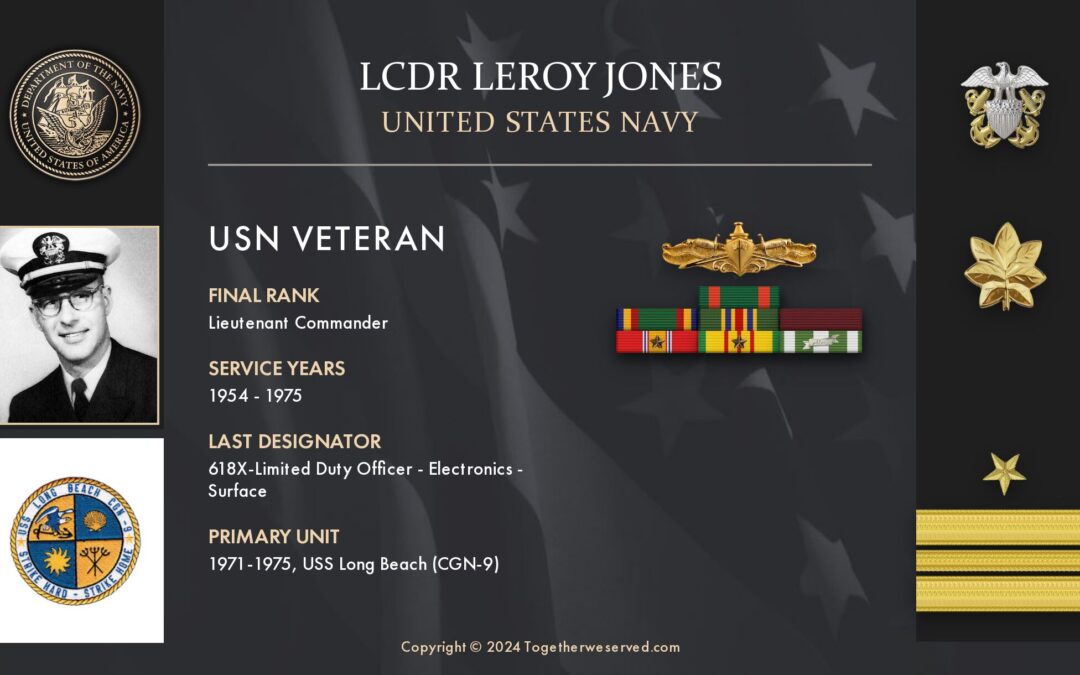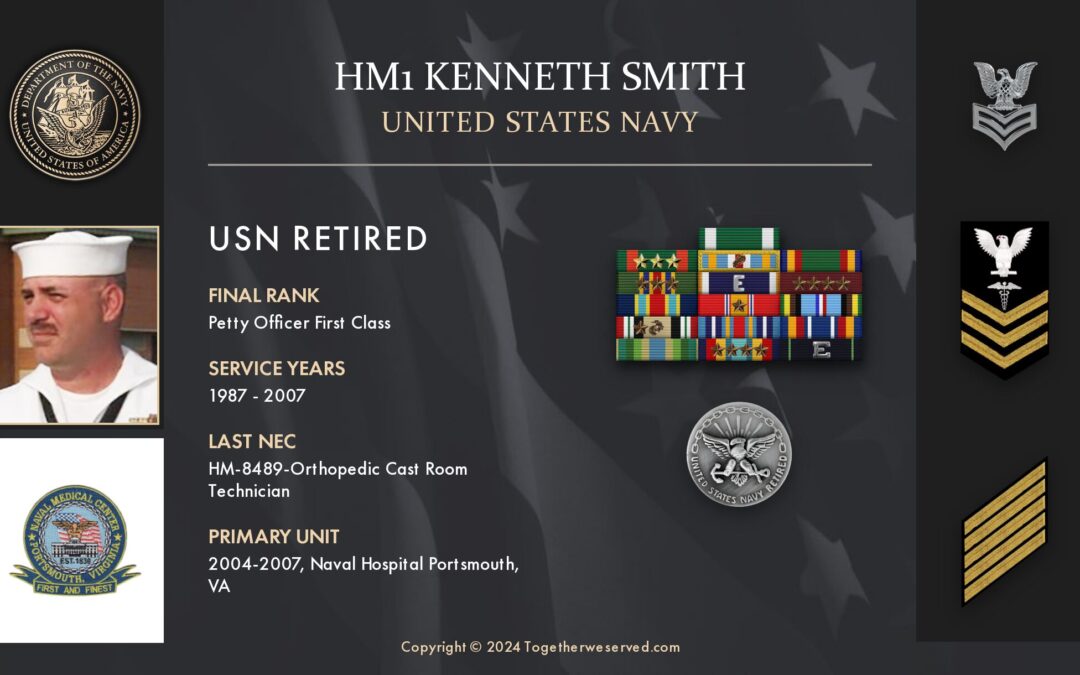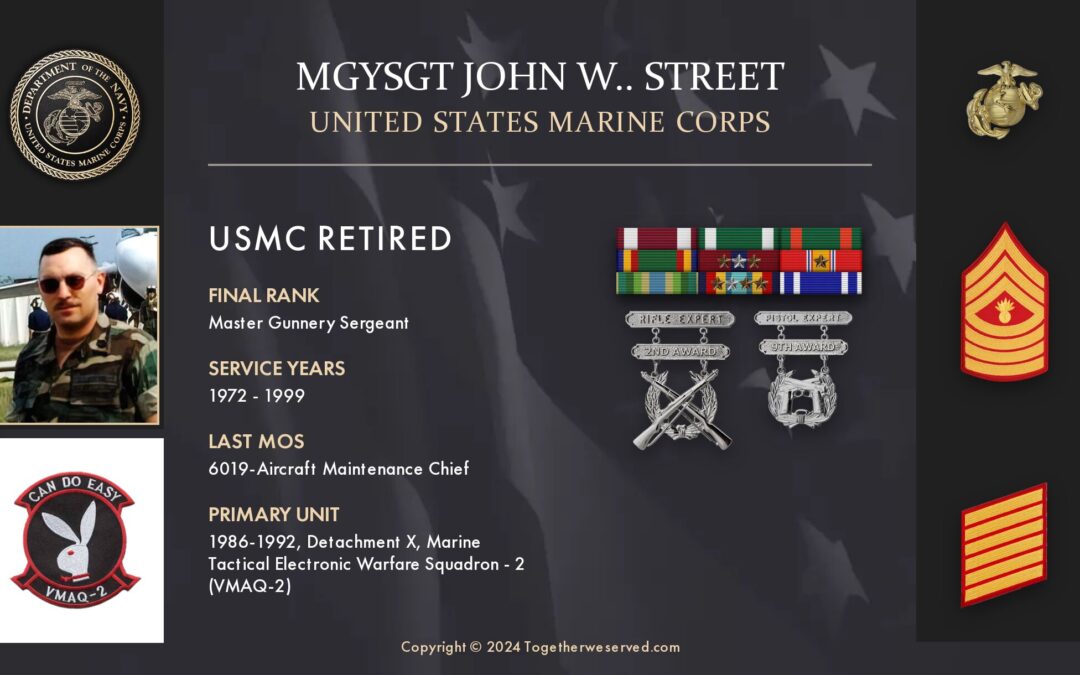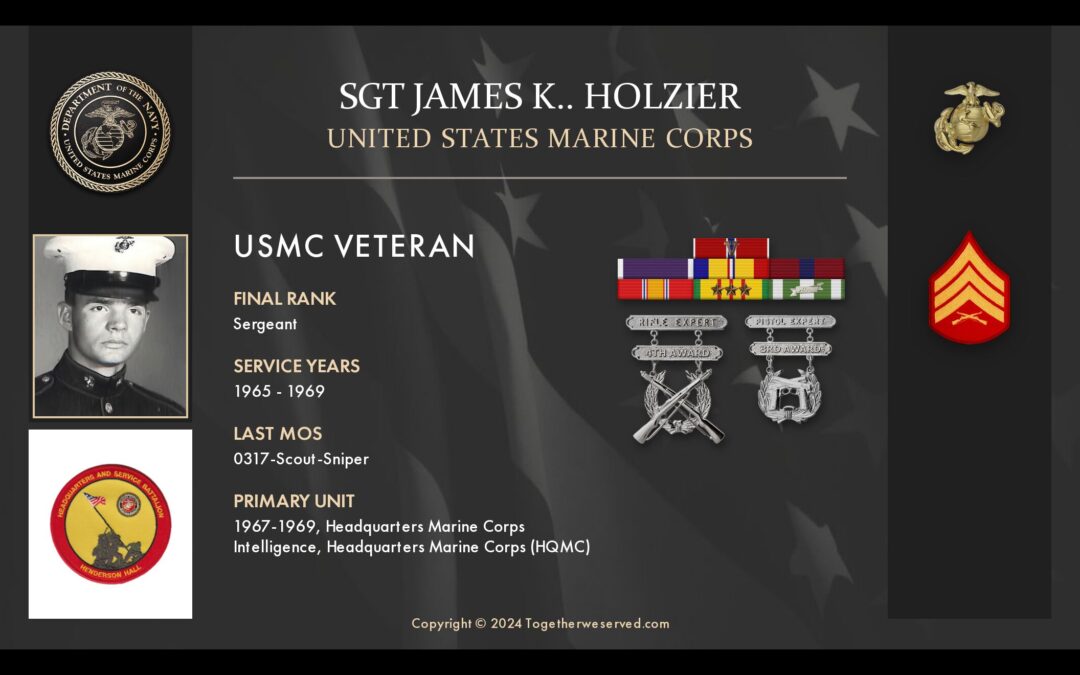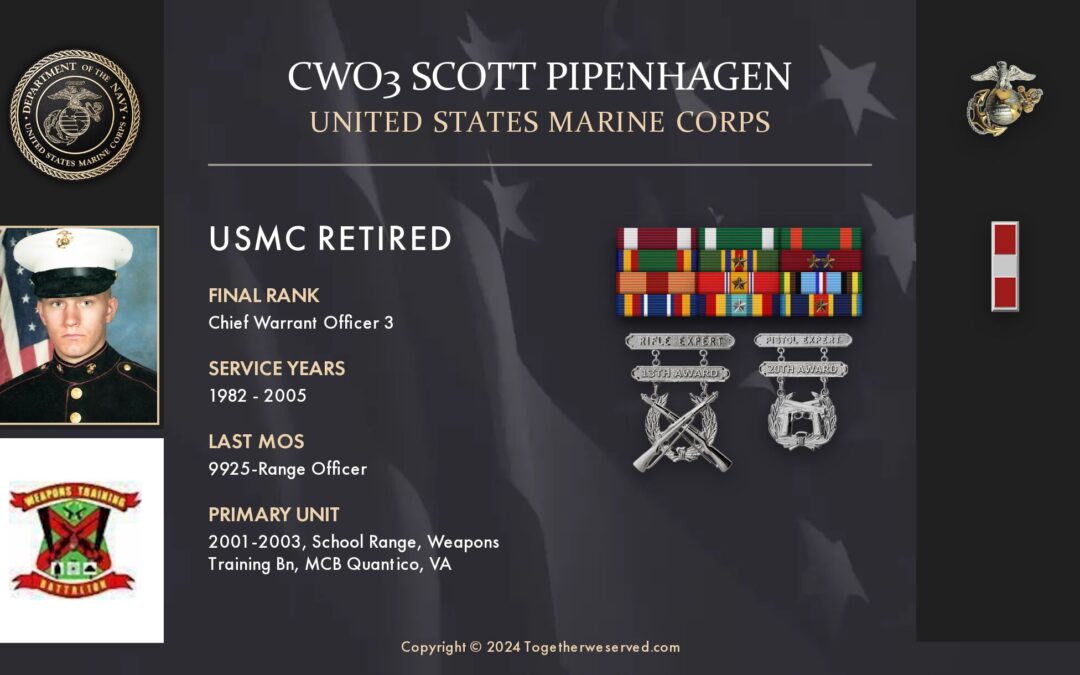There are a variety of reasons for me joining the US Air Force. When I graduated from high school in May 1965, my best friend Jimmy Cooper joined the AF the next day and tried to convince me to go with him to Lackland. Jimmy may have convinced me had we had a plan, but he showed up one afternoon and said he was leaving on Friday and said–“Let’s go in together!”
Guess it was a little too quick and too much of a surprise for me. After working for six months and buying a Corvette, I received a letter from my local draft board instructing me to report for a pre-induction physical.
In 1966 about 50,000 men were being drafted each month! Having scored well on the AF test taken in high school, I decided to enlist and receive guaranteed training in electronics which was a new frontier at the time as far as I was concerned.
